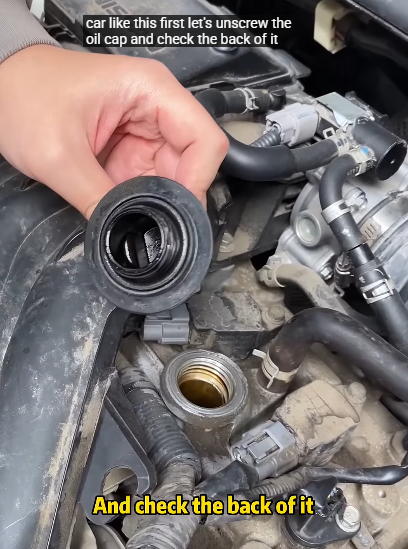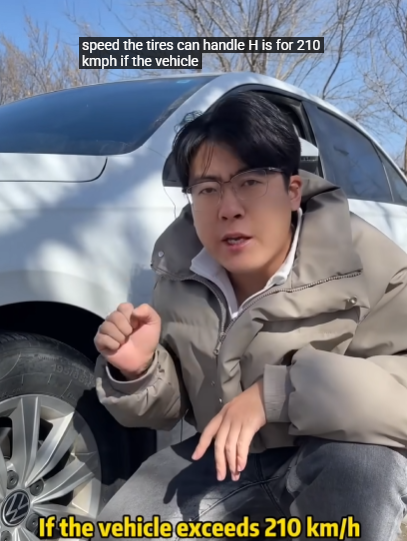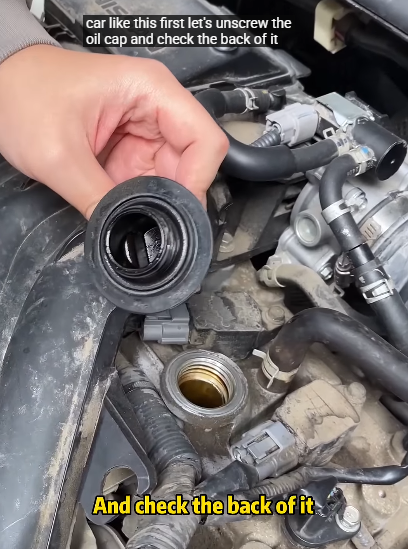
Buying a used car can be both exciting and stressful. On one hand, it gives you the chance to own a reliable vehicle at a fraction of the cost of a new one. On the other hand, the used car market is filled with pitfalls, shady sellers, and hidden problems that can turn what seemed like a good deal into an expensive mistake. Many people have walked away from a used car purchase only to realize later that they overpaid, bought a vehicle with hidden damage, or ended up with costly repairs they didn’t anticipate.
The good news is that with preparation, knowledge, and careful observation, you can significantly reduce the chances of being cheated. Below are practical steps and proven strategies to protect yourself and make sure your used car purchase is both safe and worthwhile.
1. Do Your Research First
Before you even step onto a car lot or meet with a private seller, spend time researching. Many buyers fall victim to scams because they are eager to purchase quickly without fully understanding the market.
- Check market value: Use platforms like Kelley Blue Book, Edmunds, or local car sales websites to see the fair price for the make, model, and year of the car you want. This helps you recognize if a seller is charging far above or suspiciously below market price.
- Know the model’s reputation: Some cars are known for longevity, while others have recurring issues like transmission problems or rust. Reading consumer reports and online reviews can alert you to what to watch for.
- Compare multiple options: Don’t rush into buying the first car you see. Compare at least three or four similar vehicles to get a feel for average condition and price.

2. Choose the Right Seller
Not all sellers are equal. Where you buy the car can make a big difference in how safe the transaction is.
- Dealerships vs. private sellers: Dealerships may offer warranties and are usually easier to track down if problems arise, but they also tend to be more expensive. Private sellers can give you better prices, but you need to be more cautious.
- Beware of curbstoners: These are individuals who pose as private sellers but are actually unlicensed dealers. They often sell cars with hidden issues or altered documents. If a person is selling multiple cars or avoids giving you their full contact details, that’s a red flag.
- Ask for documentation upfront: A legitimate seller should easily provide the car’s title, maintenance records, and registration.
3. Inspect the Car Thoroughly
One of the easiest ways to avoid being cheated is to perform a detailed inspection. Don’t just look at the car’s shiny exterior—check everything.
- Exterior check: Look for mismatched paint, uneven gaps between body panels, or overspray, which may suggest the car was in an accident.
- Interior check: Check for water damage under the carpets, unusual smells, or worn-out parts that don’t match the mileage (e.g., a car showing 40,000 miles but with heavily worn seats).
- Tires and brakes: Uneven tire wear may point to suspension issues. Weak brakes may indicate poor maintenance.
- Odometer fraud: Some dishonest sellers roll back mileage. Compare the mileage with maintenance records and check if the wear-and-tear matches the displayed numbers.

4. Always Take a Test Drive
Never buy a car without driving it first. A test drive reveals problems that aren’t obvious during an inspection.
- Check acceleration and braking: The car should respond smoothly when accelerating and stop without pulling to one side.
- Listen carefully: Unusual rattles, knocking, or whining sounds can signal engine or transmission issues.
- Transmission check: Shifting should be smooth. Jerky or delayed gear changes may mean trouble.
- Steering and suspension: The car should drive straight without vibration. Excessive bouncing or pulling indicates issues.
During the test drive, also test basic features like air conditioning, heating, lights, and electronics.
5. Verify Vehicle History
Even if the car looks perfect, hidden problems may exist in its past. Always verify the vehicle history before making any payment.
- Use VIN check services: Websites like Carfax or AutoCheck provide detailed reports on accidents, ownership history, recalls, and mileage consistency.
- Check for liens: Make sure the car isn’t being used as collateral for a loan. Otherwise, you may legally owe money even after buying it.
- Flood and salvage cars: Be wary of cars that have been declared salvage or flood-damaged. Sellers often restore them superficially and sell them cheaply, but they usually come with long-term issues.

6. Bring a Trusted Mechanic
If you’re not confident in spotting problems yourself, bring along a mechanic. A professional can identify hidden issues such as frame damage, oil leaks, or worn components that you might overlook.
Yes, this may cost you a small fee, but it could save you thousands in future repairs. If the seller resists or refuses an independent inspection, walk away immediately—this is a major red flag.
7. Negotiate Smartly
Many buyers overpay simply because they don’t know how to negotiate. Sellers often inflate prices, expecting buyers to haggle.
- Use your research: If you know the fair market price, you have a strong basis for negotiation.
- Point out flaws: Use any discovered issues (scratches, worn tires, missing service records) as bargaining tools.
- Be willing to walk away: The strongest negotiation tactic is showing that you are not desperate. If the seller won’t budge, you can always find another car.
8. Watch Out for Common Scams
Here are some of the most frequent tricks used by dishonest sellers:
- Title washing: Hiding a salvage or flood-damaged title by re-registering in another state.
- Fake deposits: Asking for an advance payment before you see the car—never agree to this.
- “Too good to be true” prices: If a car is priced far below market value, there’s almost always a catch.
- Clocking: Rolling back the odometer to make the car appear less used.
- VIN cloning: Copying a VIN from another vehicle to hide theft or damage records.

9. Handle Paperwork Carefully
Even after agreeing on the price, paperwork mistakes can cost you dearly.
- Check the title: Make sure it is in the seller’s name and free of liens. Avoid cars with missing or altered documents.
- Bill of sale: Always draft a bill of sale that includes the car’s details, agreed price, and both parties’ signatures.
- Registration transfer: Follow your local laws to ensure the car is legally transferred into your name.
10. Trust Your Instincts
Finally, always listen to your gut feeling. If something feels suspicious—whether it’s the seller’s behavior, the car’s condition, or the deal itself—it’s better to walk away. There will always be other cars available.
Conclusion
Buying a used car doesn’t have to be a risky gamble. By doing thorough research, inspecting carefully, checking the vehicle’s history, and being cautious with paperwork, you can avoid the traps that dishonest sellers set. Remember, patience and attention to detail are your strongest weapons against being cheated.
A car is a big investment, and rushing into a decision can lead to financial loss and endless frustration. Take your time, ask questions, and never hesitate to walk away if things don’t seem right. With the right approach, you’ll drive away not just with a used car, but with peace of mind knowing you made a safe and smart purchase.



